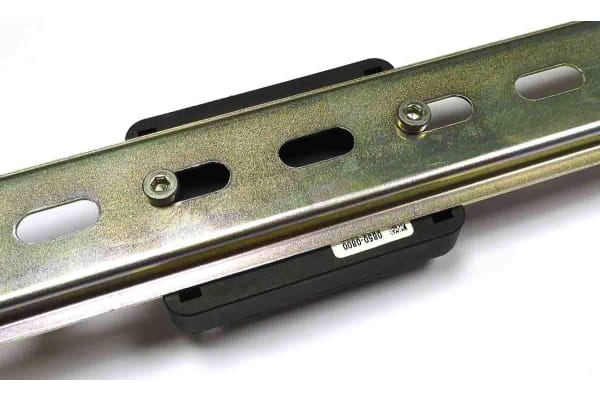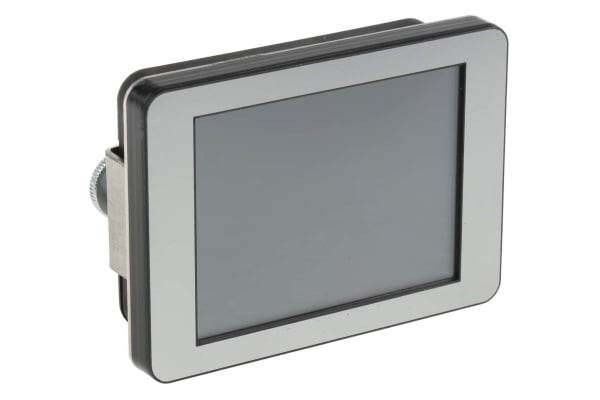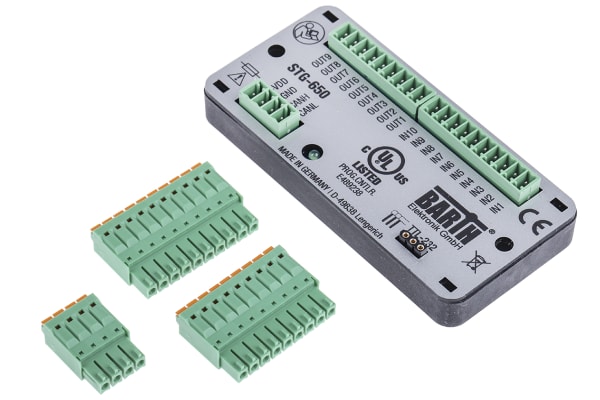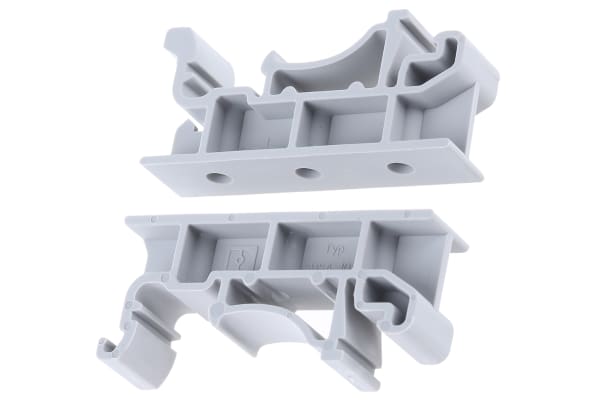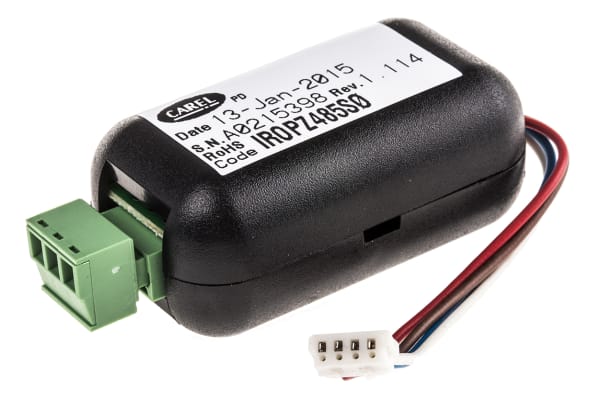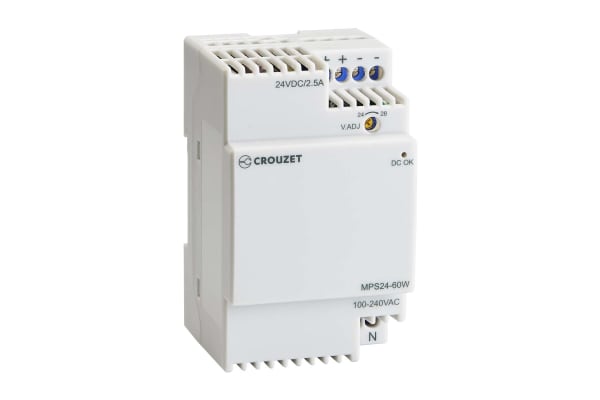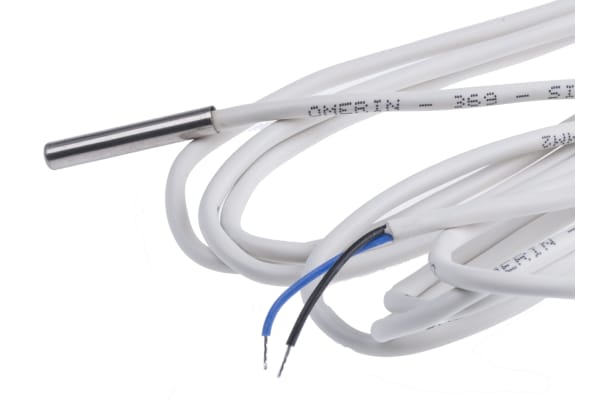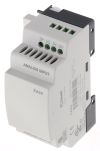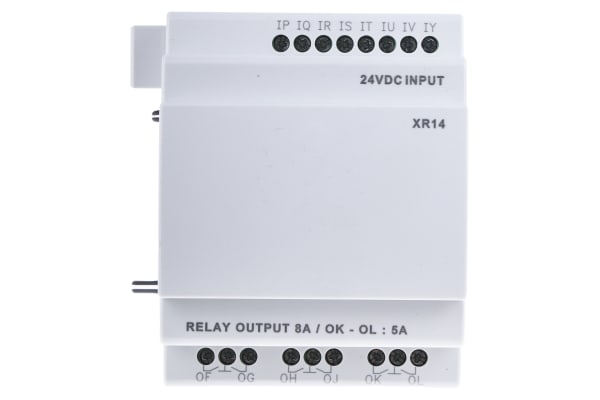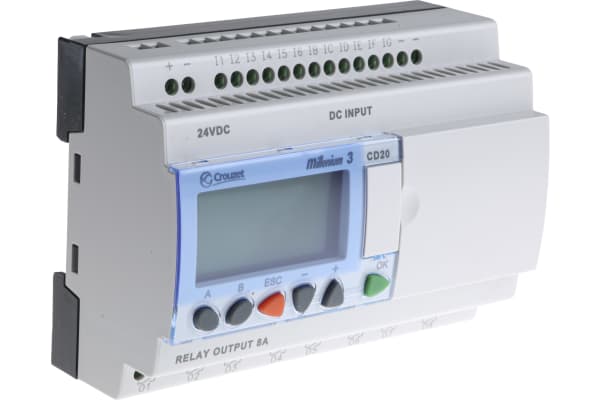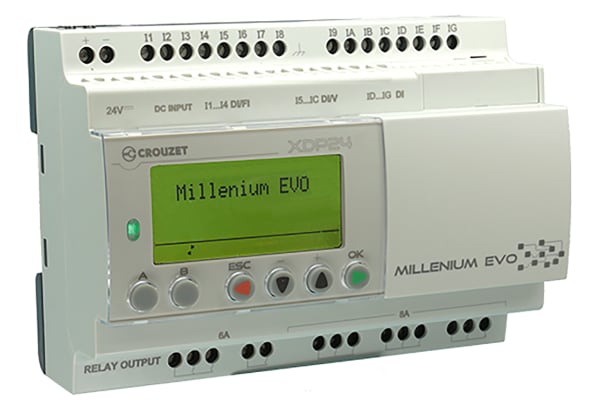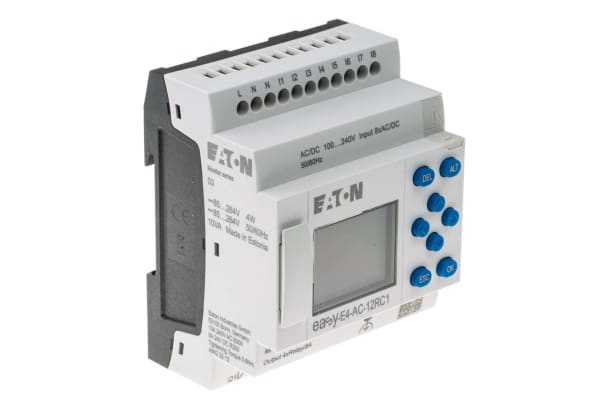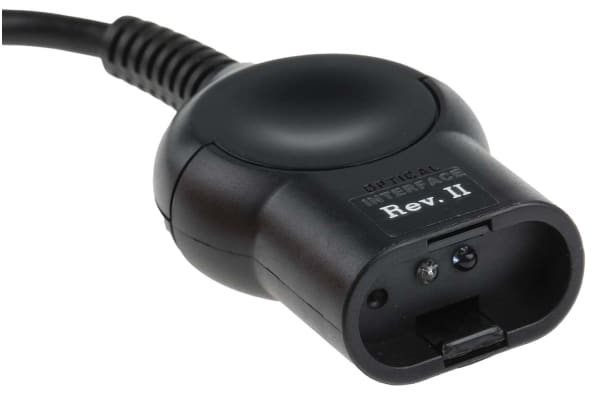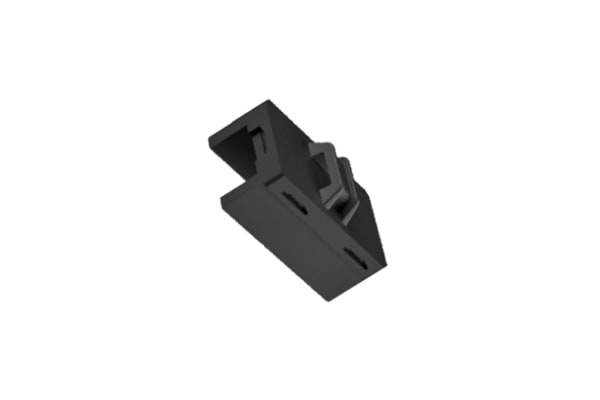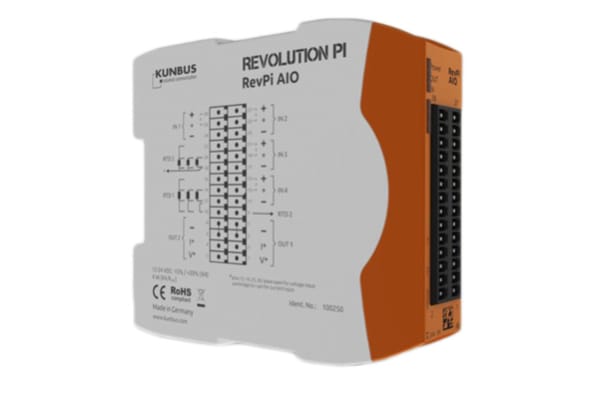PLCs, HMI & Data Acquisition
A PLC (programmable logic controller) is an industrial digital computer designed for the control and automation of manufacturing processes or robotic devices. Programmable Logic Controllers are used where reliability control, simple programming and fault diagnosis is necessary. They were originally built to replace electromechanical relay systems in industrial automation.A CPU (central processing unit) forms part of the PLC system. PLC CPUs are a microprocessor-based control system and act as the electronic circuitry within an industrial computer. They are usually built-in carry out instructions from the computer program via programming languages, performing basic mathematical, logical, control, input and output operations.PLC ApplicationsPLC controllers are incredibly useful and have many applications across several industries such as manufacturing, food & beverage, and building control. PLC’s control the automation process in the machinery used for:Production plantsTraffic light controlsPackaging machinesLifts and escalatorsMedical applicationsAutomatic gate systemsHeating control systemsHow do PLC’s work?PLC Controller’s respond to inputs from programming software and give a desired output. Programmable Logic Controllers can also include human-machine interfaces.Different models use varying PLC Programs based on the programming languages used in the software. Programming languages that are used in PLC programming include:ST: Structured Text (text-based)FBD: Function Block Diagram (graphic-based)LAD: Ladder logic (graphic-based)STL: Statement List (text-based)SCL: Structured Control Language (graphic-based)PLC programming can be quite complex but there are simpler, image-based options available such as Ladder Logic that has user-friendly Ladder diagrams to understand and improve processes. Laptop and software are usually used for Ladder Logic and Ladder Diagrams, however, some older models use handheld controllers.Types of PLC’sProgrammable Logic Controllers can be categorised in multiple ways, each with different functions, features and capabilities. For example, Soft PLC’s are software based and use their own operating system but do not have their own CPU. Whereas, Hard PLC’s are hardware based and typically only include the essential control functions. The full range of programmable controllers include:Hard PLC’sSoft PLC’sCompact PLC’sSlot PLC’sUnitary PLC’sModular PLC’sProgrammable Controllers can also be made more efficient by using equipment such as, HMI displays, DIN Rails, and Communication modules (such as MODBUS) which can be enhanced into a highly functional automated control system with PLC accessories. More information can be found our complete PLCs guide
-
BARTH - Bracket for use with locoube® mini-PLC, HA-30
VND183,285.48 -
BARTH - Cable for use with STG-550/560/650/660 Mini PLC, VK-16
VND2,011,746.45 -
BARTH DMA-15 Series CAN Touch Touch Screen HMI - 2.4 in, TFT Display, 240 x 320pixels
VND9,843,434.58 -
BARTH lococube mini-PLC PLC I/O Module - 10 Inputs, 9 Outputs, Digital, For Use With STG-650, CAN Networking, USB
VND5,930,624.35 -
BARTH lococube mini-PLC PLC I/O Module - 5 Inputs, 9 Outputs, Digital, PWM, Solid State, For Use With STG-800, CANOpen
VND6,293,219.94 -
Brainboxes - Mounting Kit for use with ES-357
VND220,109.96 -
Carel Communication Module for use with Easy Compact Series, Easy Series, Easy Split, IR33
VND2,482,095.49 -
CP1L MODULE,12X24VDC I/P,8XPNP O/P
VND11,420,191.86 -
Crouzet - PLC Power Supply for use with Designed for a wide range of industrial and building applications, 54 x 91 x
VND2,640,901.06 -
Crouzet - Probe for use with Millenium III Series
VND1,355,601.17 -
Crouzet - USB Cable, em4, Programmable Touch Panel MTP6/50, Programmable Touch Panel MTP8/50
VND1,833,064.03 -
Crouzet Millenium 3 I/O module - 2 Inputs, 2 Outputs, Analogue, For Use With Millenium 3 Series
VND7,400,255.87 -
Crouzet Millenium 3 I/O module - 8 Inputs, 6 Outputs, Relay, For Use With Millenium 3 Series
VND4,243,184.40 -
Crouzet Millenium 3 Logic Control - 16 Inputs, Relay, For Use With XD26 Series, Front Panel Interface
VND14,162,778.70 -
Crouzet Millenium 3 Logic Module - 12 Inputs, 8 Outputs, Relay
VND9,566,832.52 -
Crouzet Millenium 3 Logic Module - 16 Inputs, 10 Outputs, Relay
VND11,574,603.60 -
Crouzet XD26 Logic Control - 16 Inputs, 10 Outputs, Relay, For Use With XD26 Series
VND13,783,444.71 -
Crouzet XDP24 PLC CPU - 16 (Digital) Inputs, 8 Outputs, Relay, For Use With PLC, RJ45, SMTP, SSL, TCP, UDP, USB
VND11,006,334.92 -
Eaton easy Control Relay - 8 Inputs, 4 Outputs, Digital, Relay, For Use With easyE4, Ethernet Networking, HMI Interface
VND10,195,359.44 -
Fluke Data Acquisition Cable for USB-IR
VND9,268,889.00 -
Kunbus - Connector, 22 x 101 x 115 mm, GW
VND221,365.34 -
Kunbus - PLC Expansion Module for use with RevPi Connect(+), RevPi Core(3), RevPi Core(3+), RevPi Gate, 22 x 101 x 115
VND8,756,903.19 -
Kunbus - PLC Expansion Module for use with RevPi Connect(+), RevPi Core(3), RevPi Core(3+), RevPi Gate, 22 x 101 x 115
VND6,219,780.21 -
Kunbus - PLC I/O Module for use with Revolution Pi Connect, Revolution Pi Core, 96 x 22.5 x 110.5 mm, 0...5 V, 0...10
VND11,865,433.30



